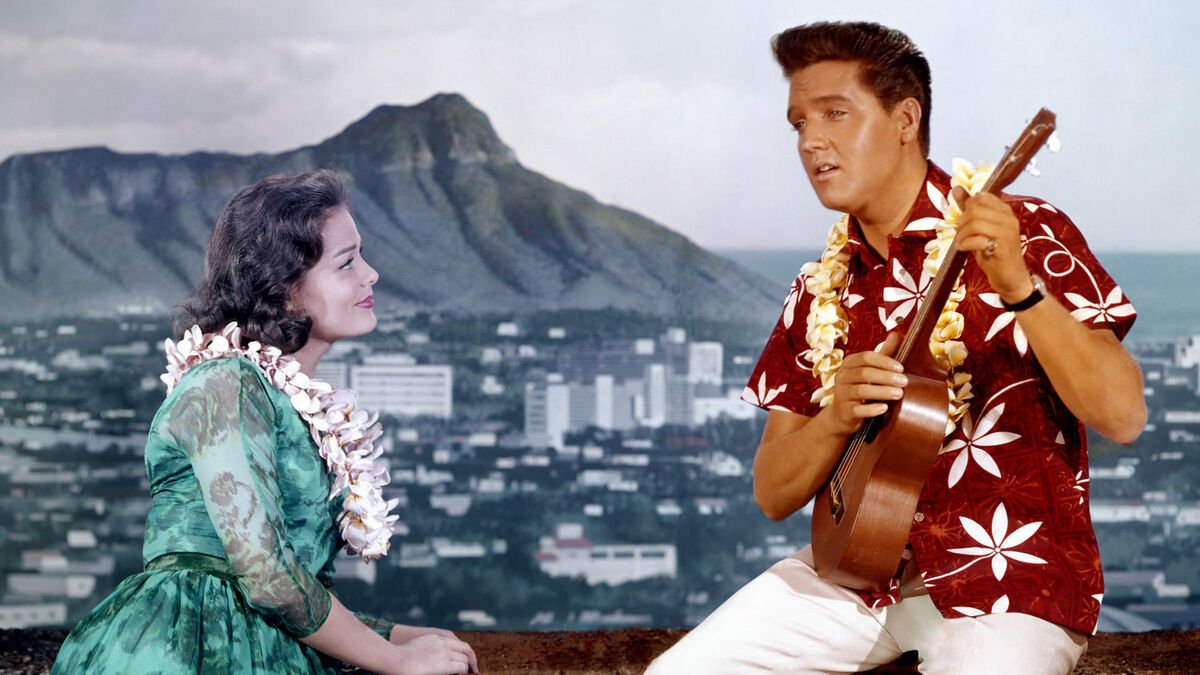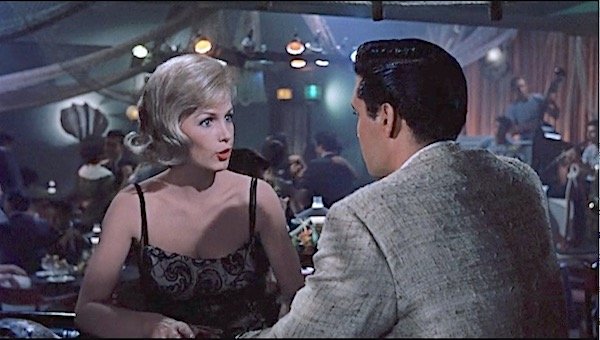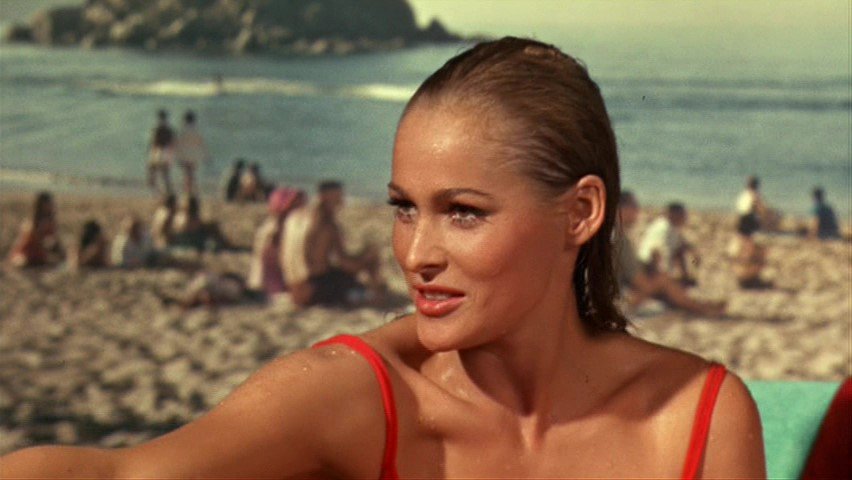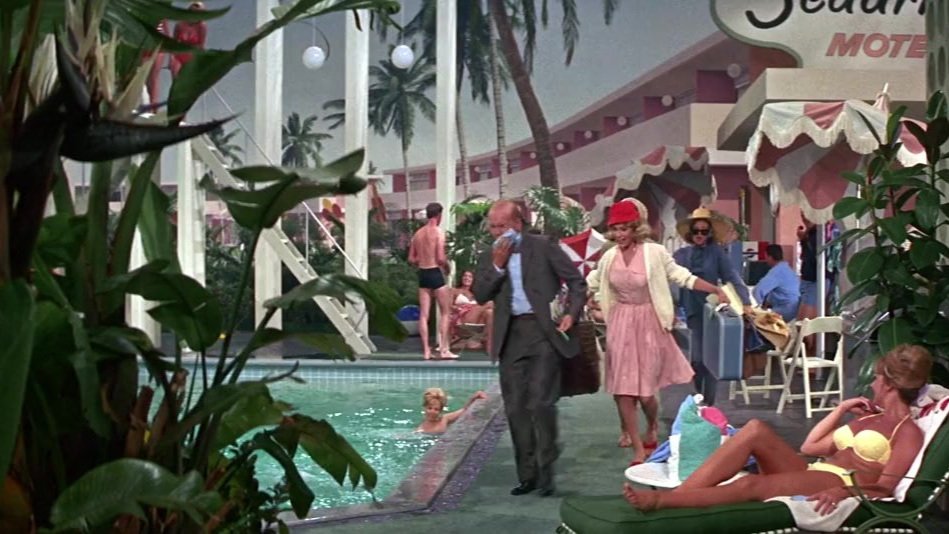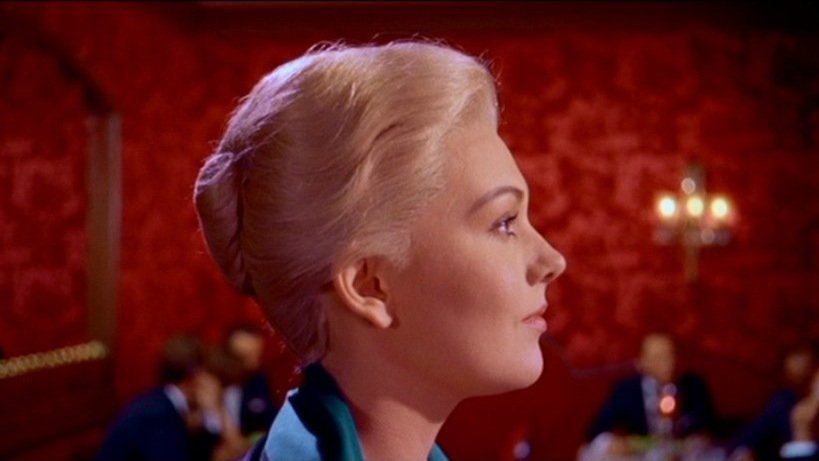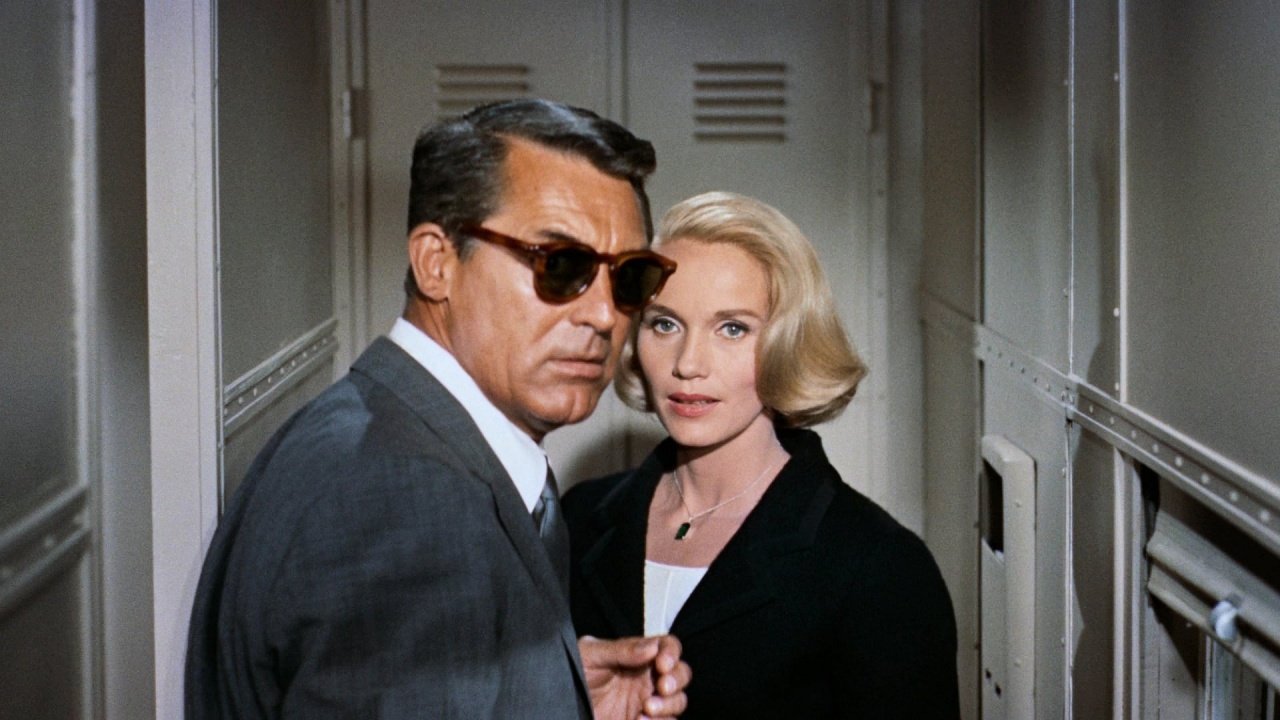NOTE:
— To keep it cohesive, we’ll focus inspirations for Bound to a single time period - the mid ‘50s to early ‘60s. I ended up there through my mother, and the things she made me watch as a kid on our single television. The first (non kids) movie I made it through was Some Like It Hot. My admiration for the movie and its time grew, and like so many things we discover as kids or teens, it stuck. So, even though I should be Marvel-izing or Friends-ifying the examples, these are the real ones.
If you’re less familiar with that period in TV and movies, it’s a beautiful pocket of time where things start to crack pop culture-wise (and real culture-wise) before enduring change bursts through in the mid-60s. Each of the works below have a general style element that could (read: we’ll give it a try) feature in So Far Bound. Lastly, to be clear, Bound is set in the present day 2020s. We’re just using the mid-century projects below as guideposts for the filmmaking. — Evan S
how bound could (look).
— How will the material settings look? Like the “Elvis Goes Places” subgenre of the early 1960s. Over a decade, Elvis Presley starred in about a dozen movies in which he went off some place and sang songs and got the girl. The movies aren’t good, but going to Hawaii or Acapulco in technicolor with mid-century styling ain’t a bad way to spend some time.
In short, So Far Bound also aspires to create a “destination” or “vacation” vibe to the place in which the characters are stranded. It doesn’t mean we won’t get into the grime of a location, but in general, we’ll try to feature colors and nature and a bit of fashion. Also, though we can’t shoot on film like these movies, we’ll try to add a bit of texture to the screen.
A final quality that separates the Elvis movies from other cool, location movies of the time period (like Contempt or L’Avventura) is that they’re so kitschy but in the best ways. The sets in Fun in Acapulco, for example, are like a chic boutique on one hand and like a good ‘ol Margaritaville on the other. Either way, you like hanging out in there.
how bound could (move).
— Where will the camera go? What are the favorite frames? If you’re into movie history this is going to be, like, so basic but the answer is in Alfred Hitchcock. Here’s the main reason: Movie stars were never more movie starrin’ than when they were in a Hitchcock movie. Why? Because Alfie was a freak, often obsessive over his stars, and as such, he glorified them in frame (even if he did not behind the scenes).
In Bound, it’s got to be all about the people - both the main and supporting ensembles, and so, expect faces in frames and a view (camera) that follows and lingers on characters more than it cuts. By consequence, that gaze, in more withdrawn views, will also help highlight the settings.
What’s also cool about these films and others in this time is that directors were becoming more empowered, stylistically. So, movies could be unconventional but still in the box of more “classical” films. Vertigo, in my opinion, is a shining example of blending the old and new waves. In Bound, we also want to seek new things but still pay homage to past loves.


